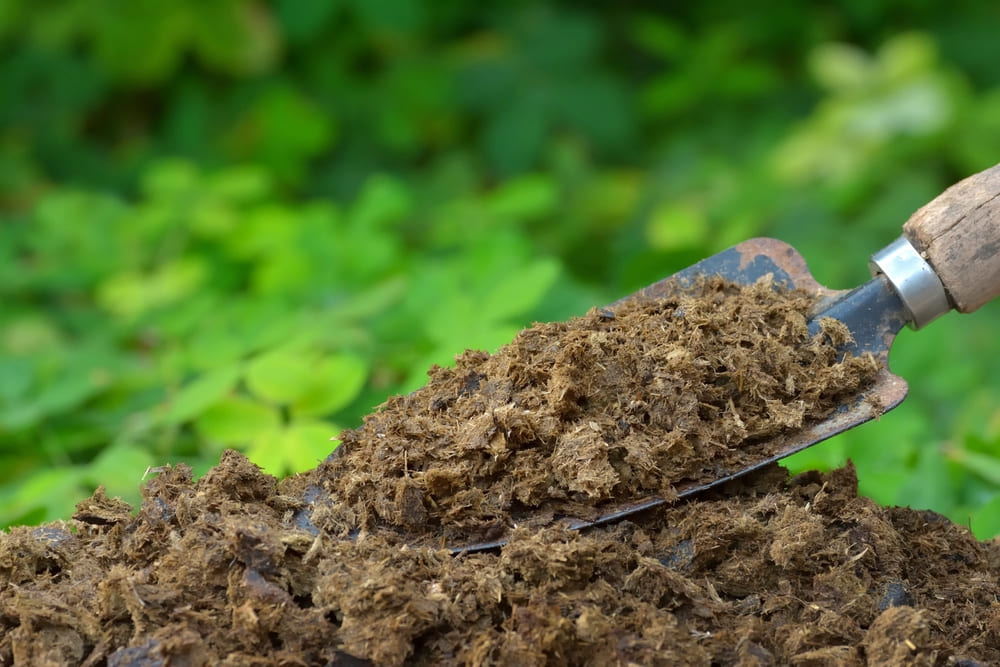Subscribe and save 17% with an annual subscription. Learn more.
Subscribe and save 17% with an annual subscription. Learn more.
A beautiful, lush lawn is the pride of many homeowners, but achieving and maintaining it requires more than just regular mowing and watering. Proper lawn care, including effective fertilisation, is essential to promote healthy grass growth. In Australia, the diverse soil types across the continent can present unique challenges when it comes to fertilising. Understanding your soil type and its specific needs is crucial for nourishing your lawn effectively. This guide will provide you with lawn care tips and fertilising strategies for different soil types found in Australia, helping you keep your lawn vibrant and thriving.
Australia’s landscape is incredibly diverse, and so are its soil types. Each type of soil has distinct characteristics that affect how grass grows and how nutrients are absorbed. Here are some common soil types you might encounter:
Characteristics: Sandy soil has large particles and drains quickly, making it prone to nutrient leaching. It doesn’t retain moisture well, which can lead to dry conditions for grass.
Locations: Commonly found in coastal regions and deserts.
Characteristics: Clay soil has small particles that compact easily, leading to poor drainage and aeration. It retains moisture and nutrients well but can become waterlogged.
Locations: Found in many parts of Australia, including urban areas.
Characteristics: Loamy soil is a balanced mix of sand, silt, and clay, providing good drainage, moisture retention, and nutrient availability. It’s considered ideal for lawn care.
Locations: Found in various regions across Australia.
Characteristics: Silty soil has fine particles and retains moisture well, offering a smooth texture. However, it can become compacted and is prone to erosion.
Locations: Typically found near rivers and floodplains.
Characteristics: Peaty soil is rich in organic matter, retaining moisture and nutrients. It can be acidic and may require specific amendments for lawn care.
Locations: Found in some wetland areas.

Sandy soil’s quick drainage can lead to nutrient leaching, making fertilisation crucial for maintaining healthy grass. Here are some lawn care tips for fertilising sandy soil:
Why It Works: Applying fertilisers in small, frequent amounts ensures that nutrients remain available to grass roots without being washed away.
How to Apply: Use a balanced, slow-release fertiliser and apply it every 6 to 8 weeks during the growing season.
Why It Works: Adding organic matter improves soil structure, enhances nutrient retention, and boosts moisture levels.
How to Apply: Incorporate compost or well-rotted manure into the soil before laying sod or seeding your lawn.
Why It Works: Potassium helps grass develop strong roots and withstand drought conditions, which are common in sandy soil areas.
How to Apply: Select a fertiliser with a higher potassium content (the third number in the N-P-K ratio) to promote root health.
Clay soil’s density and poor drainage can present challenges for lawn care. However, with the right fertilisation techniques, you can create a healthy lawn:
Why It Works: Aerating clay soil reduces compaction and improves root penetration, allowing for better nutrient absorption.
How to Apply: Aerate your lawn annually in spring or autumn, and incorporate gypsum to improve soil structure.
Why It Works: Slow-release fertilisers provide nutrients gradually, preventing nutrient overload and promoting steady growth.
How to Apply: Apply slow-release fertiliser every 8 to 10 weeks, focusing on nitrogen-rich formulas to support grass growth.
Why It Works: Overwatering can lead to waterlogged conditions in clay soil, affecting nutrient uptake.
How to Apply: Water your lawn deeply but infrequently, allowing the topsoil to dry out between waterings.
Loamy soil is ideal for lawn care, offering balanced drainage and nutrient retention. Here are some fertilisation tips for maintaining a lush lawn on loamy soil:
Why It Works: Loamy soil provides a good foundation for balanced fertilisation, supporting healthy grass growth.
How to Apply: Use a balanced N-P-K fertiliser (e.g., 10-10-10) every 6 to 8 weeks during the growing season.
Why It Works: Regular soil testing helps you monitor nutrient levels and adjust your fertilisation strategy accordingly.
How to Apply: Conduct a soil test annually and amend your fertilisation plan based on the results.
Why It Works: Mulching with grass clippings returns nutrients to the soil, reducing the need for synthetic fertilisers.
How to Apply: Leave grass clippings on the lawn after mowing to decompose naturally and enrich the soil.

Silty soil’s fine texture and moisture retention can make lawn care both rewarding and challenging. Here are some tips for fertilising silty soil:
Why It Works: Compaction can limit root growth and nutrient uptake, affecting lawn health.
How to Apply: Avoid heavy foot traffic on silty soil and consider aerating the lawn annually to improve drainage and root development.
Why It Works: Adding organic matter improves soil structure, nutrient availability, and water retention.
How to Apply: Top-dress your lawn with compost or organic mulch to enhance soil quality and support healthy grass growth.
Why It Works: Phosphorus supports root development and overall plant health, benefiting grass in silty soil.
How to Apply: Apply a phosphorus-rich fertiliser (the middle number in the N-P-K ratio) during the early growing season.
Peaty soil’s high organic matter content can create acidic conditions that require specific lawn care strategies. Here are some tips for fertilising peaty soil:
Why It Works: Lime raises the pH of acidic soil, improving nutrient availability for grass.
How to Apply: Conduct a soil pH test and apply lime as needed to maintain a pH range of 6.0 to 7.0.
Why It Works: Peaty soil can be deficient in iron, leading to yellowing grass (chlorosis).
How to Apply: Apply iron chelates or iron sulfate to correct iron deficiency and promote vibrant green growth.
Why It Works: Nitrogen supports healthy leaf growth and overall lawn vitality, especially in nutrient-rich peaty soil.
How to Apply: Use a nitrogen-rich fertiliser (the first number in the N-P-K ratio) during the growing season for lush, green grass.
Nourishing your lawn requires a tailored approach to lawn care based on your specific soil type. By understanding the unique characteristics of sandy, clay, loamy, silty, and peaty soils, you can implement effective fertilisation strategies that support healthy grass growth and vibrant lawns.
Regular soil testing, proper nutrient application, and soil amendments are key components of successful lawn care. With these tips, you can achieve a lush, thriving lawn that enhances the beauty of your home and withstands the challenges of Australia’s varied soils. Happy gardening!
We’re close to launching soon! Sign up on our home page to be updated of our upcoming launch.
Stay in the loop with special offers, lawn care tips, and more.


Wirri supports Trillion Trees Australia, the UN Sustainable Development Guide and Pledge 1% among other progressive initiatives.
Wirri acknowledges the Australian Aboriginal and Torres Strait Islander Peoples as the first inhabitants of this nation and the traditional custodians of the lands on which we live, work, and care for our environment. We recognize their continuing connection to land, water, and sky and pay our respects to Elders past, present, and emerging.